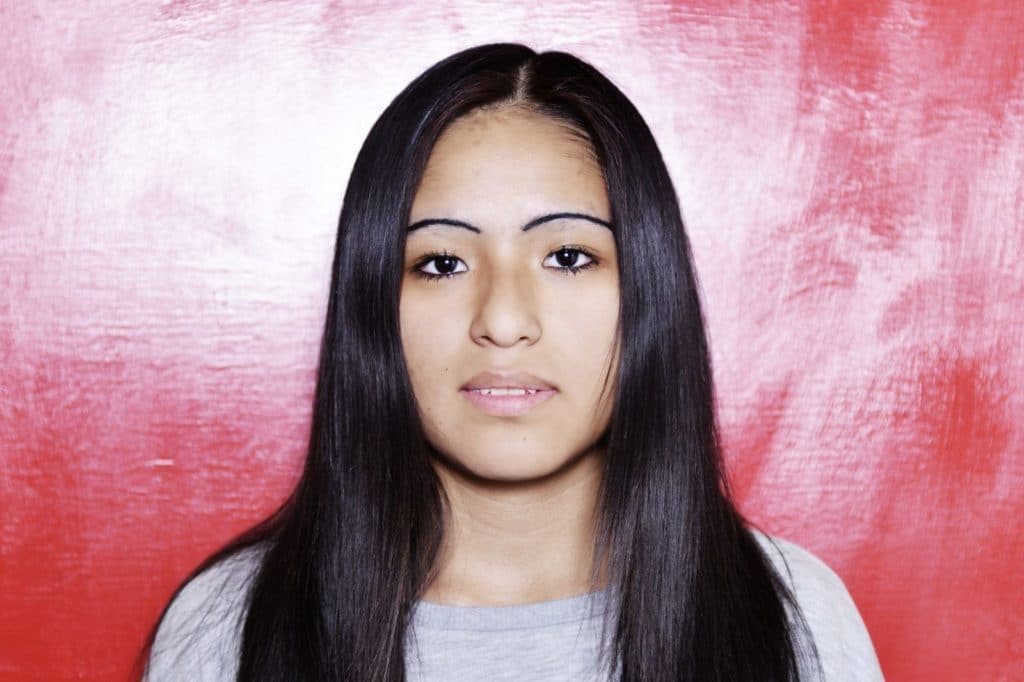The devastating statistics on teen suicide are startling, and should be taken seriously by any parent, especially if your child has existing mental health issues. Suicide is, sadly, the second leading cause of death (after traffic fatalities) for teenagers in the U.S., accounting for eight deaths per 100,000 teens.
Breaking down the statistics by ethnicity and gender, though, reveals something very troubling for our local area. The Huffington Post reports suicidal fantasies are more common among Hispanic teenage girls, and they have the highest rate of suicide attempts among all teenage demographics.
According to the Center for Disease Control and Prevention:
- 26% of female Hispanic teens have considered suicide; compare that 17.2% of white teens and 14.5% of black high school students.
- 15% of Latinas have attempted suicide; compared to 8.9% of black female teens and 6.8% of white.
Given the Hispanic community makes up more than 62% of San Antonio’s population, this is an issue that could have serious implications.
Some root causes of female Hispanic teen suicide
Studies show second-generation Hispanic teenage girls are at the highest risk within the sub-group of Hispanic teens. The natural desire of the teen girl to fit in with the larger culture can cause conflicts, overt or internal, with parents who want their daughters to respect their culture and traditions. This can be especially hard on girls who might want more freedom than their parents will allow. Add to the mix problems with bullying (including cyber bullying) and the unrealistic standards of physical perfection set by the media, presents a combination which can seriously impact self-esteem.
In Hispanic families in particular, the stigma around mental health issues, and suicide in particular, can inhibit honest conversations about the issue, and even prevent families from seeking treatment.
Don’t shrug off the classic suicide warning signs
Teenagers are moody, no doubt about it. That’s all part of being in that difficult in-between stage after childhood and before becoming an adult. As a parent, you should not shrug off the classic warning signs of a kid in real trouble, or buy into the old adage that people who are really going to kill themselves don’t talk about it. Ignoring signs and symptoms can lead to tragic consequences.
Regardless of race or ethnicity, four out of five teenagers who have attempted suicide gave advanced warning signs. The most serious warning sign is a previous attempt. Many teenagers will try again. Not all signs, however, are as direct as saying, “I’m going to kill myself,” or “I’d be better off dead.” Statements such as “I won’t be bothering you much longer,” or “I hate my life,” should set off warning bells, too.
Don’t forget, not all communication is verbal. Monitoring texts, social media and email is part of being a responsible parent. Other things to watch out for are:
- an obsession on your teen’s part with death, i.e. drawings or writings;
- making what seem to be final arrangements such as giving away possessions;
- a change for the worse in personality and/or health because of a recent traumatic experience, such as a death in the family or parents’ divorce;
- drug and/or alcohol abuse;
- withdrawal from friends, family, or activities.
Each girl is unique and no list of warning signs can be considered definitive. The Jason Foundation is a wonderful resource for more information. If you are concerned, the first step is to make sure that the channels of communication between you and her are open and safe.
This kind of open communication can be especially critical for the one out of five suicidal teens who never lets on about being in crisis. The first step is active listening, drawing her out without judgment. Don’t be afraid of your child telling you to leave her alone, or accusing you of being nosy. They will likely lash out even if they know they need help. The Center for Parent Education has some terrific resources to help you become a better active listener.
What to do if you suspect your child is in crisis
If you suspect your teen is in trouble, consult a mental health professional right away for the proper diagnosis and treatment. In case of a medical emergency, please call 911. For a child’s mental health emergency (ages 3 to 17), call Clarity Child Guidance Center at 210-582-6412. Our crisis service department accepts walk-ins 24/7. You can find directions to our campus here. Please do not hesitate to reach out to us. We are here to help!
With an eye to the best for our kids,
Michele Brown










